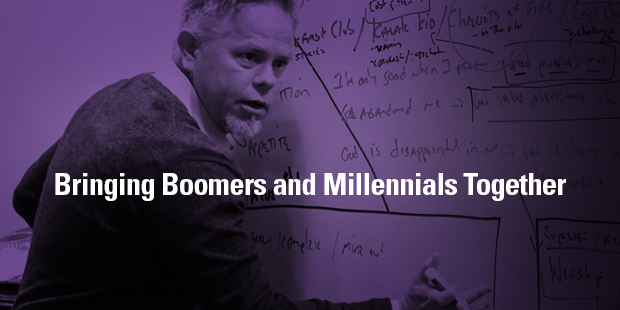
Choosing the Long Road to Somewhere Instead of the Short Road to Nowhere
Life is filled with tensions. I’m not just talking about the negative tensions of managing relational conflict or figuring out how to pay the bills this month. I’m talking about the positive tensions of where to apply your greatest effort. In the whirlwind of life-as-usual, in the press of demands and limitations, how do you identify what is most important? How do you know where to invest the most and best energy?
If life is full of tensions, then leadership is the ability to navigate those tensions in the most helpful and effective ways, both for ourselves and for those around us. This is never more true than when we turn to the leader’s most valuable asset: their organization’s vision, its forward-looking view of where God is leading.
Every organization in the world that strives to advance its vision beyond itself wrestles with tensions within itself:
- The tension between delivery and development. How do we deliver what we do with excellence while we develop the next generation of leaders behind us?
- The tension between progress and process. How do we “ship” today to the most people while we improve what we do so that more leaders can “ship” tomorrow?
- The tension between moving people and making people. How do we efficiently funnel masses through a pattern of programs while we spend the kind of time with individuals that influences their lives?
Navigating tensions like these is how a leader makes his or her most important contribution to an organization. As the steward of the organization’s vision, the leader must choose what the organization gives its best time and attention to. It is the leader’s responsibility to decide how their organization negotiates between delivery and development, progress and process, moving people and making people.
If we are honest, too often when deadlines get urgent and budgets get tight, we reduce our vision to delivery, progress, and moving people. That is where the most and best time goes when the “tyranny of the urgent” demands it of us.
But the best determiner of whether our vision will truly create the world we hope for is not whether we deliver today or make what-have-you-done-for-me-lately progress that turns the heads of those we report to. Instead, vision becomes reality for those who invest in development and process. The future belongs to leaders whose vision is always about making people and not just moving them.
In other words, in times of greatest urgency, we leaders must make our most counterintuitive move. Instead of trying to maximize our delivery, we must try to maximize our development. Instead of concentrating on progress, we must look at our process. Instead of trying to move people, we must correct our deficiency in making people.
In short, success in attaining our vision lies not with the question we most naturally ask but with the question we almost never ask. We must shift our interest from asking “What’s next?” to asking “Who’snext?”
The unmistakable truth is that our vision is only as good as the people in whom that vision has taken root. And while development, process, and making people are never the path of quickest reward, they are the path of greatest long-term effectiveness.
If, on the other hand, we choose the short path of what most people most value, we will inevitably miss the better path of the better future that got us into our calling to begin with. So today I’m inviting you to choose the harder and longer path of vision. If we recover our focus on who’s next over what’s next, I think we will find ourselves back on the long road to somewhere instead of the short road to nowhere.
Let’s talk! Connect with an Auxano Navigator.
















